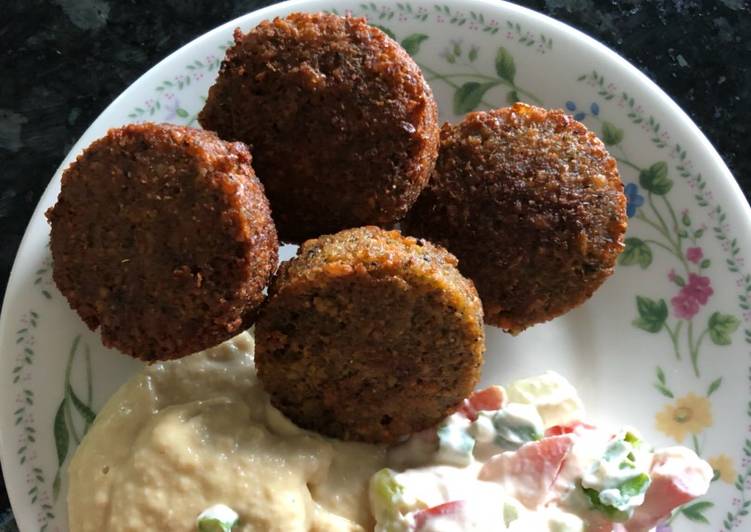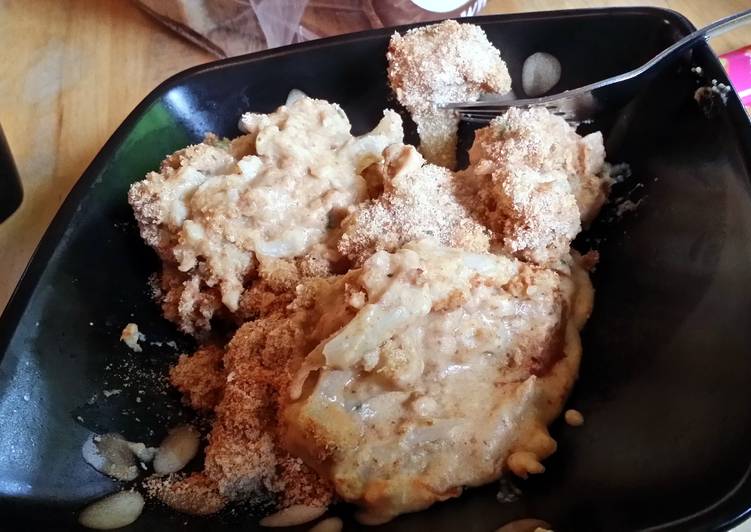
Hello everybody, I hope you are having an incredible day today. Today, we’re going to prepare a special dish, filipino food series: batangas pancit lomi or lomi (noodles). It is one of my favorites. This time, I am going to make it a bit tasty. This will be really delicious.
Filipino Food Series: Batangas Pancit Lomi or Lomi (Noodles) is one of the most favored of recent trending foods on earth. It is easy, it is quick, it tastes yummy. It is enjoyed by millions daily. They’re nice and they look fantastic. Filipino Food Series: Batangas Pancit Lomi or Lomi (Noodles) is something which I’ve loved my entire life.
T De Leon Valenzuela City Philippines. Lomi or Pancit Lomi is a Filipino dish made with a. Lomi or Pancit Lomi is a type of noodle soup dish that makes use of thick egg noodles.
To get started with this particular recipe, we have to first prepare a few ingredients. You can cook filipino food series: batangas pancit lomi or lomi (noodles) using 18 ingredients and 6 steps. Here is how you can achieve it.
The ingredients needed to make Filipino Food Series: Batangas Pancit Lomi or Lomi (Noodles):
- Prepare 1/2 Kg Miki Noodles (Basically egg noodles)
- Make ready 2 medium size shallots
- Prepare 3 cloves garlic
- Prepare 2 1/2 tsp soy sauce
- Get 8 cups pork broth
- Make ready 1 tsp ground black pepper
- Make ready 3 tablespoon cassava starch (others use flour, but I personally like the thickness texture of cassava starch)
- Make ready 1 tsp salt
- Take 2 tsp fish sauce
- Make ready 1/4 fried Kikiam
- Get 1/4-10 pcs chicken balls
- Take 1/4 kg pork liver (marinated in soy sauce and lemon or calamansi)
- Take 1/4 kg pork belly cut into thin strips deep fried (pork rind)
- Make ready 1/4 cabbage washed and chopped
- Get 2 eggs hard boiled
- Take 1 egg beaten
- Take 1/4 cup oil
- Prepare Spring onions
Each restaurant may vary the ingredients they use but nonetheless it is a comforting dish one will surely love. It's an easy and filling noodle dish best for nippy weather and cold days. This soupy Filipino-Chinese pancit recipe is sure to make the rainy weather more bearable. Unlike other noodles, this dish uses egg noodles which is considered to be a healthier alternative given its low-fat.
Instructions to make Filipino Food Series: Batangas Pancit Lomi or Lomi (Noodles):
- Fry all toppings first, pork belly, kikiam, chicken balls separately. Half cook the marinated liver.
- Sauté in oil the garlic, shallots pepper, soy sauce and fish sauce until shallots are soft.
- Add the pork broth and let it simmer for 3 minutes then add the egg noodles. Stir and let it simmer for another 3 minutes or until the egg noodles is cooked.
- Mix the cassava starch and then pour it gently to the broth while stirring continuously to avoid it getting lumpy.
- Add egg, salt and then stir gently. Transfer it into a bowl and add generous toppings, kikiam, chicken balls, hardboiled egg, cabbage, liver, pork rind and spring onions.
- Best paired with soy sauce with onions, calamansi and chilli!
Fat noodles include lomi, pancit Malabon, and pancit luglog, mami and canton. These pancit noodles can be sautéed, served with broth, deep-fried, or double-cooked. Very much like pancit luglog, pancit palabok is a popular dish served in many Philippine fast-food restaurants and cafeteria. Yes, pancit lomi is that one pancit recipe which has thick broth in it brought about by the cornstarch mixed into the recipe. Originally from Batangas, pancit lomi is usually sold in eateries across the province.
So that’s going to wrap it up with this special food filipino food series: batangas pancit lomi or lomi (noodles) recipe. Thanks so much for your time. I’m confident you will make this at home. There’s gonna be interesting food in home recipes coming up. Don’t forget to bookmark this page in your browser, and share it to your family, colleague and friends. Thank you for reading. Go on get cooking!

